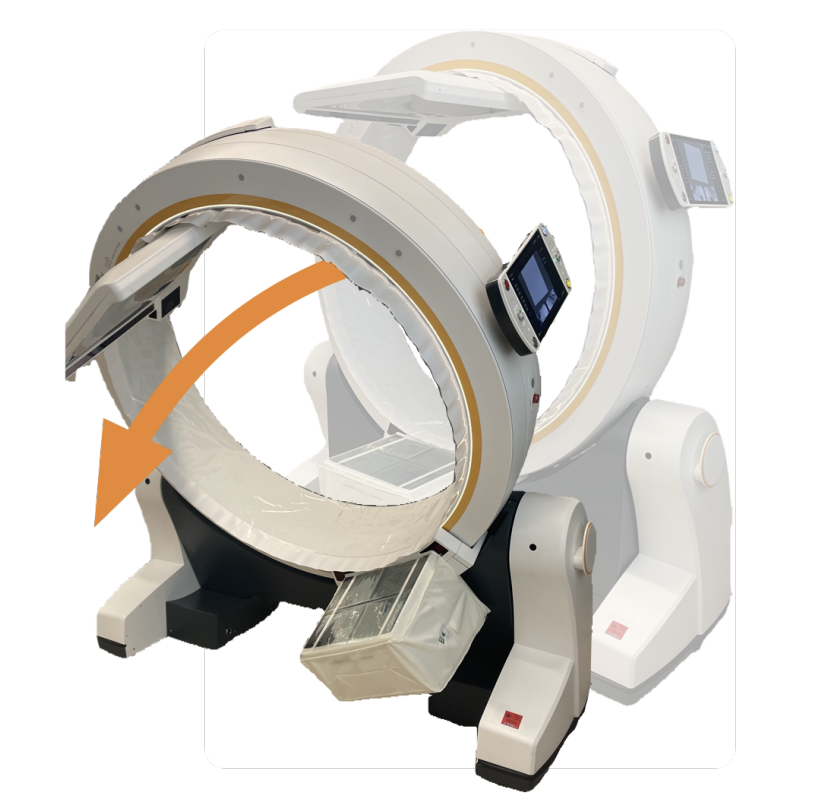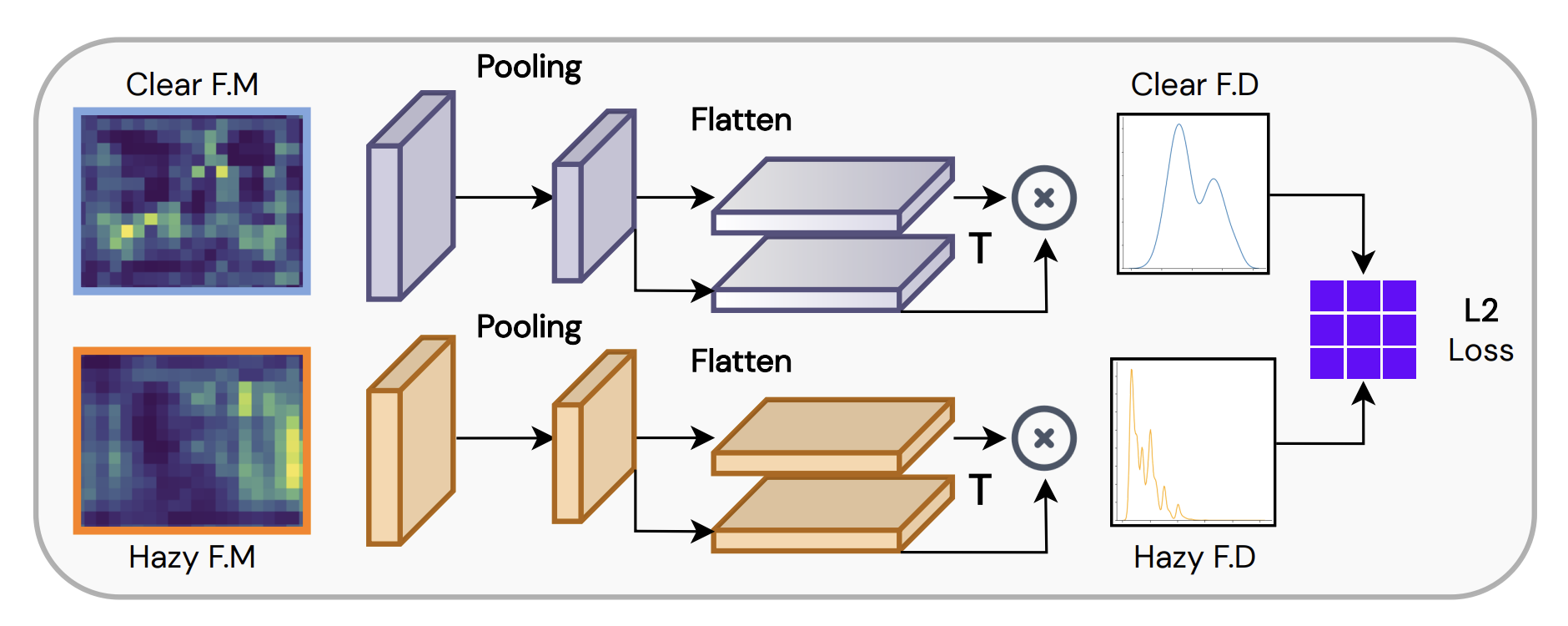publications
2025
- IPCAI
 Intelligent Control of Robotic X-ray Devices using a Language-promptable Digital TwinBenjamin D. Killeen, Anushri Suresh, Catalina Gomez, and 3 more authorsInternational Conference on Information Processing in Computer-Assisted Interventions (IPCAI), 2025
Intelligent Control of Robotic X-ray Devices using a Language-promptable Digital TwinBenjamin D. Killeen, Anushri Suresh, Catalina Gomez, and 3 more authorsInternational Conference on Information Processing in Computer-Assisted Interventions (IPCAI), 2025Siemens Healthineers Best Paper Award
Natural language offers a convenient, flexible interface for controlling robotic C-arm X-ray systems, making advanced functionality and controls accessible. However, enabling language interfaces requires specialized AI models that interpret X-ray images to create a semantic representation for reasoning. The fixed outputs of such AI models limit the functionality of language controls. Incorporating flexible, language-aligned AI models prompted through language enables more versatile interfaces for diverse tasks and procedures. Using a language-aligned foundation model for X-ray image segmentation, our system continually updates a patient digital twin based on sparse reconstructions of desired anatomical structures. This supports autonomous capabilities such as visualization, patient-specific viewfinding, and automatic collimation from novel viewpoints, enabling commands ’Focus in on the lower lumbar vertebrae.’ In a cadaver study, users visualized, localized, and collimated structures across the torso using verbal commands, achieving 84% end-to-end success. Post hoc analysis of randomly oriented images showed our patient digital twin could localize 35 commonly requested structures to within 51.68 mm, enabling localization and isolation from arbitrary orientations. Our results demonstrate how intelligent robotic X-ray systems can incorporate physicians’ expressed intent directly. While existing foundation models for intra-operative X-ray analysis exhibit failure modes, as they improve, they can facilitate highly flexible, intelligent robotic C-arms.
@article{killeen2024intelligent, title = {Intelligent Control of Robotic X-ray Devices using a Language-promptable Digital Twin}, author = {Killeen, Benjamin D. and Suresh, Anushri and Gomez, Catalina and Inigo, Blanca and Bailey, Christopher and Unberath, Mathias}, journal = {International Conference on Information Processing in Computer-Assisted Interventions (IPCAI)}, year = {2025}, publisher = {Springer}, doi = {10.48550/arXiv.2412.08020}, url = {https://arxiv.org/abs/2412.08020}, }
2022
- Optik
 Rich Feature Distillation with Feature Affinity Module for Efficient Image DehazingSai Mitheran, Anushri Suresh, Nisha J. S., and 1 more authorOptik, 2022
Rich Feature Distillation with Feature Affinity Module for Efficient Image DehazingSai Mitheran, Anushri Suresh, Nisha J. S., and 1 more authorOptik, 2022Single-image haze removal is a long-standing hurdle for computer vision applications. Several works have been focused on transferring advances from image classification, detection, and segmentation to the niche of image dehazing, primarily focusing on contrastive learning and knowledge distillation. However, these approaches prove computationally expensive, raising concern regarding their applicability to on-the-edge use-cases. This work introduces a simple, lightweight, and efficient framework for single-image haze removal, exploiting rich "dark-knowledge" information from a lightweight pre-trained super-resolution model via the notion of heterogeneous knowledge distillation. We designed a feature affinity module to maximize the flow of rich feature semantics from the super-resolution teacher to the student dehazing network. In order to evaluate the efficacy of our proposed framework, its performance as a plug-and-play setup to a baseline model is examined. Our experiments are carried out on the RESIDE-Standard dataset to demonstrate the robustness of our framework to the synthetic and real-world domains. The extensive qualitative and quantitative results provided establish the effectiveness of the framework, achieving gains of upto 15% (PSNR) while reducing the model size by ∼20 times.
@article{mitheran2022rich, title = {Rich Feature Distillation with Feature Affinity Module for Efficient Image Dehazing}, author = {Mitheran, Sai and Suresh, Anushri and J. S., Nisha and Gopi, Varun P.}, journal = {Optik}, year = {2022}, publisher = {Elsevier}, doi = {10.48550/arXiv.2207.11250}, url = {https://arxiv.org/abs/2207.11250}, }